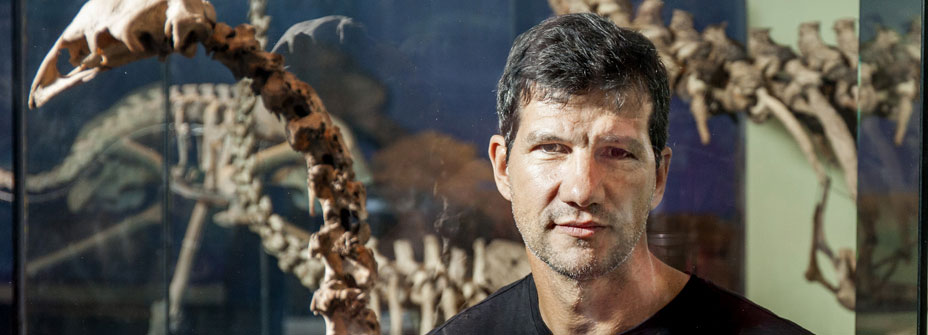
Mammoth decisions
Should we bring back extinct species and, if so, which ones?
Such questions used to fall within the realm of science fiction but, now that they are entering the world of science fact, they are occupying the minds of scientists such as University of Otago Professor Philip Seddon (Zoology).
Seddon has co-authored an article on “de-extinction” in the ecological journal, Trends in Ecology and Evolution.
He says technological advances have raised the controversial prospect of resurrecting extinct species. Researchers have already managed to clone a recently extinct type of European mountain goat from tissue, using an egg cell of a domestic goat, which also acted as a surrogate mother, although the kid died within a few minutes of birth.
Seddon argues that “de-extinction” ought to be more than a technical exercise.
“If you want to resurrect a species, then you don't want it just sitting around in a laboratory or a zoo. It should be for some ecological gain – putting a species back into a suitable habitat to do the kind of things that it used to do.
“The selection of potential de-extinction candidates must therefore consider the feasibility and risks associated with their re-introduction. There is a risk that your re-introduced animal won't survive, but there is also a risk that it does things that you don't intend within that ecosystem.”
If we could bring back only one species, Seddon would choose one of the smaller species of New Zealand's moa.